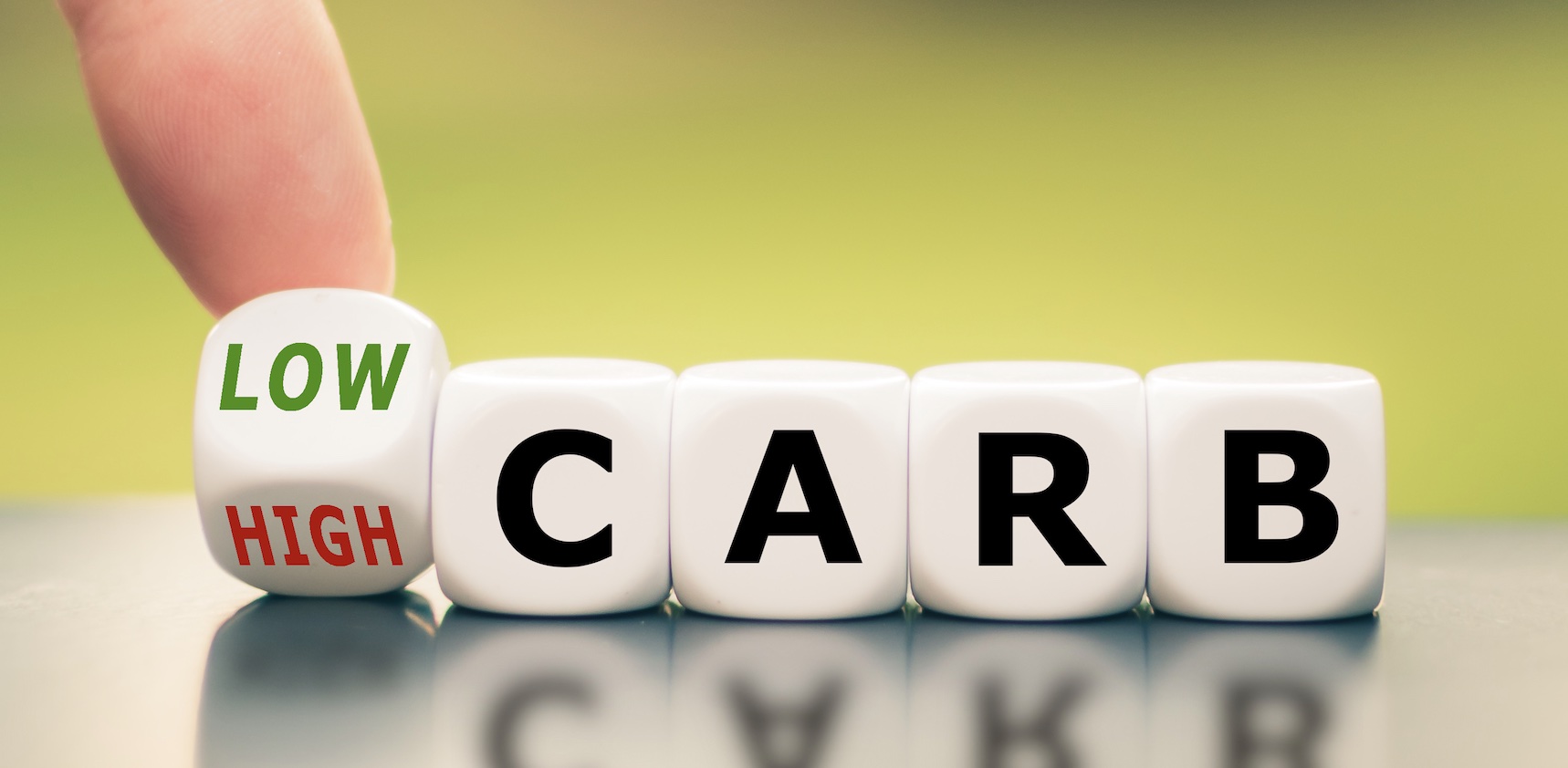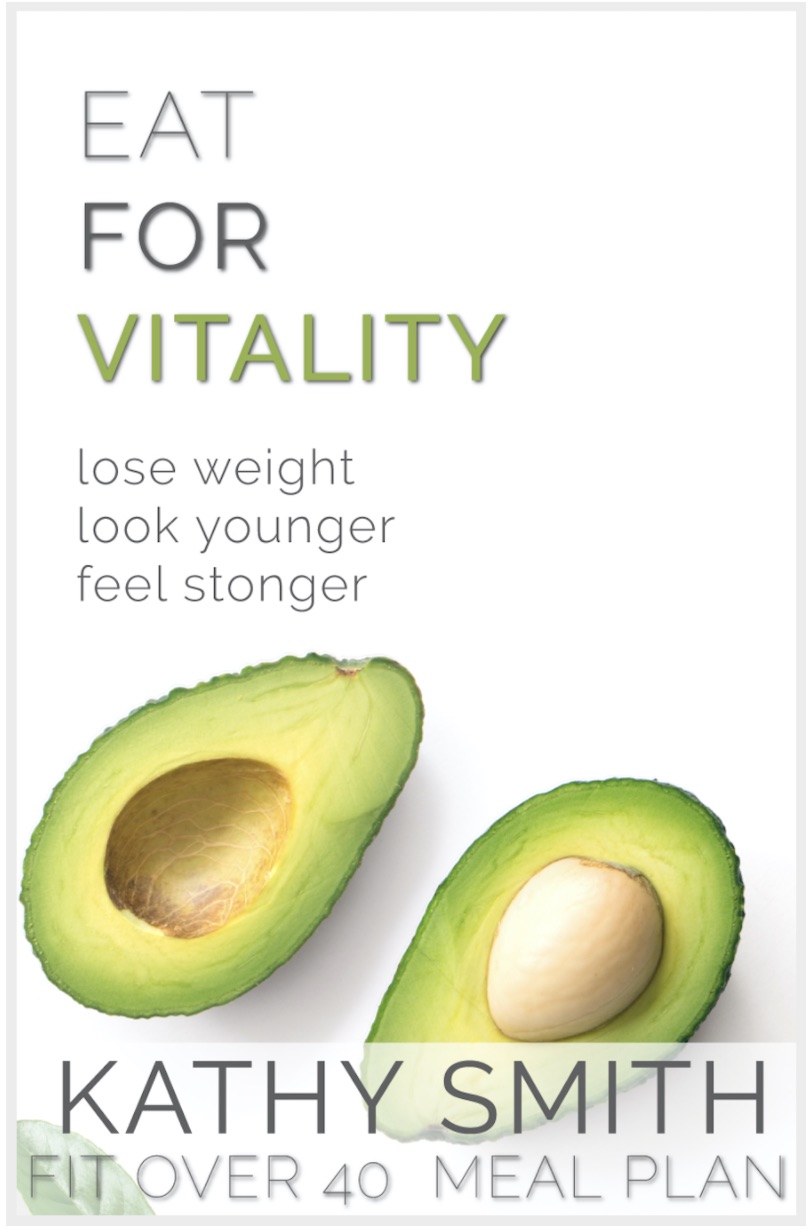6-Day Carb Cycling
EATING & EXERCISE PLAN

Monday, Wednesday, Friday, Sunday
Low-Carb, Low-Intensity Days
Counting grams of carbohydrates can feel daunting. Think of it more like this… on days when you are eating lower carbs, try swapping out a couple servings of your regular carbohydrate with lean proteins, healthy fats, and leafy veggies. For example, if you usually have a turkey sandwich on whole wheat bread, try having a spinach salad with some sliced turkey and avocado
Typical low-carb day meals:
- Breakfast options:
- Scrambled eggs with ½ bell pepper
- Mini Frittata Muffins
- Cacao and Avocado Shake
- Green Machine Protein Shake
- Unsweetened oatmeal (⅓ cup) topped with chopped walnuts
- Lunch and dinner options:
- Grilled chicken breast with 1 C green beans or asparagus
- Grilled salmon with steamed asparagus and spinach
- Low-carb veggie options:
- Bell peppers
- Broccoli
- Asparagus
- Mushrooms
- Spinach
- Avocados
- Green beans
- Cauliflower
Tuesday, Thursday, Saturday
Higher-Carb, Higher-Intensity Days
Counting grams of carbohydrates can feel daunting. Think of it more like this… on days when you are eating lower carbs, try swapping out a couple servings of your regular carbohydrate with lean proteins, healthy fats, and leafy veggies. For example, if you usually have a turkey sandwich on whole wheat bread, try having a spinach salad with some sliced turkey and avocado
Typical low-carb day meals:
- Breakfast options:
- ½ Cup unsweetened oatmeal topped with berries and chopped walnuts
- Blueberry Almond Shake
- Snack options:
- Apple with 2 Tbsp almond butter
- Lunch and dinner options:
- Grilled chicken with steamed sweet potato
- Grilled salmon with spinach and brown rice
- Clean carb options:
- Lentils
- Black beans
- Asparagus
- Brussels sprouts
- Avocado
- Spinach
- Beets
- Cabbage
- Butternut squash
- Sweet potatoes
Carb cycling is an eating program that involves boosting your carb intake on certain days, and cutting back on alternate days.
Just so we’re clear… carbs aren’t bad for you. On the contrary, they help fuel your body (especially when you’re working out).
Eating too many carbohydrates, especially in the form of processed foods can lead to gaining excess weight.
On days when you’re working out and going for long walks, and are more active, you’ll need more carbohydrates. Your body will use the carbs for energy and save the protein for muscle development.
On days when you’re not moving as much, you eat fewer carbohydrates, and your body will turn to fat instead of sugars or starchy foods for energy.
Your protein and fat levels stay consistent, but your carb intake varies daily depending on your activity levels. Plus, it’s a little harder to overeat on protein and veggies, which also helps your weight loss efforts.
A benefit of carb cycling is you start to become more metabolically flexible.
As the name suggests, metabolic flexibility means your body’s metabolism is flexible and can use whatever fuel is available to it.
Someone with great metabolic flexibility can burn carbs when they eat them. They can burn fat when they eat it (or when they don’t eat at all). They can switch between carbohydrate metabolism and fat metabolism with relative ease. All those people who can “eat whatever they want” most likely have excellent metabolic flexibility.
Think of metabolic flexibility like a car. A standard car uses gasoline for its only source of fuel…. that’s similar to somebody who is metabolically inflexible, eating processed and high-carb foods. If you rely on carbs as your main source of fuel, your body loses its ability to use fat for fuel.
A hybrid car uses both electricity and gasoline for its fuel. It’s flexible. This is similar to somebody who is metabolically flexible. When you’re metabolically flexible, you can switch between fuel sources for optimal efficiency. If you eat carbs, you use carbs for energy. If you eat fat, you use fat for energy.





